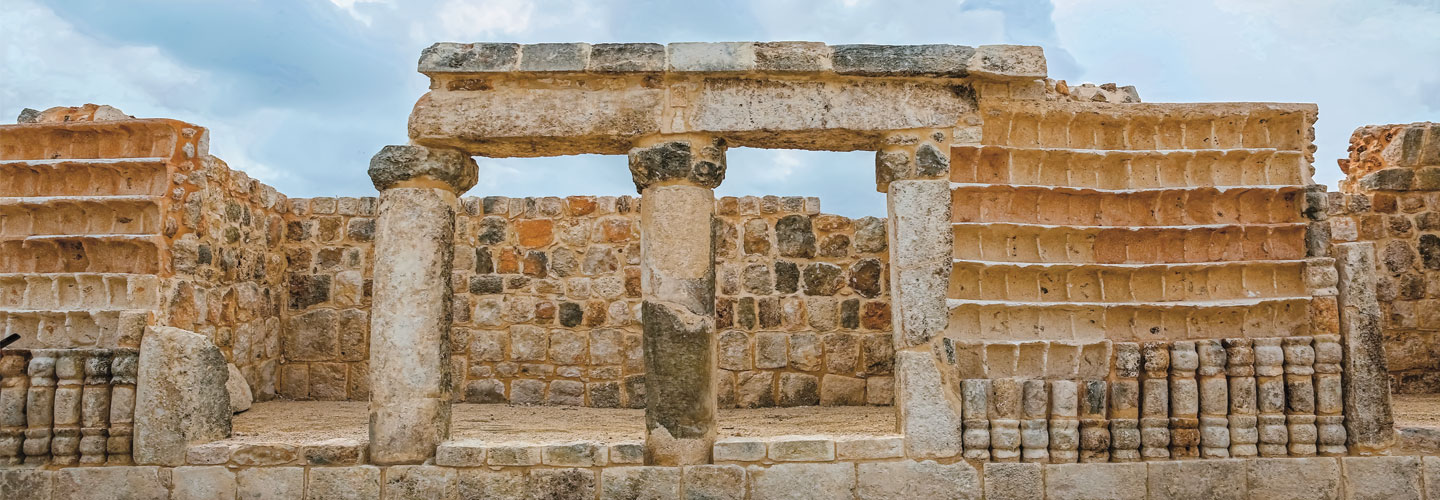In 2015, a construction crew was digging near Mérida, a city on Mexico’s Yucatán Peninsula. Suddenly, their tools hit something hard in the ground. As the workers continued to dig, they began uncovering massive stone slabs.
The local archaeologists who came to investigate couldn’t believe what the workers had found: a Maya settlement at least 1,100 years old!
In 2015, a construction crew was digging near Mérida, a city on Mexico’s Yucatán Peninsula. Suddenly, their tools hit something hard in the ground. The workers continued to dig. They began uncovering massive stone slabs.
The local archaeologists came to investigate. They could not believe what the workers had found: a Maya settlement at least 1,100 years old!

